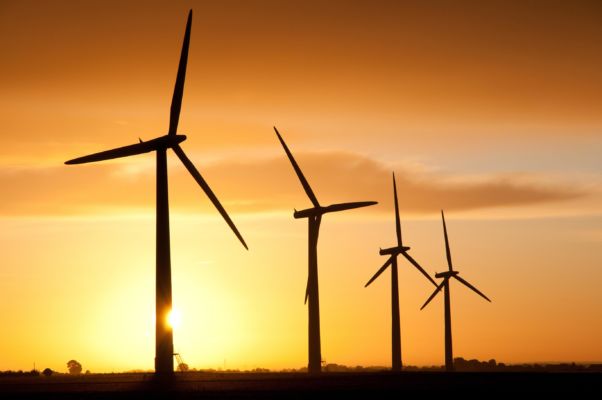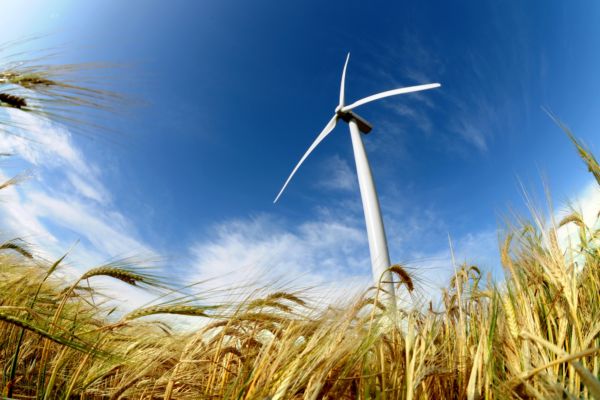While condition monitoring and sensors play a hugely important role in understanding where there is a problem with a wind turbine, there are limitations. For example, an issue may reoccur as conventional condition monitoring does not identify the root cause, and engineers do not receive instructions on what action to take. Without a clearly defined strategy, operators may face certain challenges.
Dealing with large volumes of data
Typically, engineers have to manually examine the vast amounts of data generated by wind turbines. Without a way to organize and efficiently analyze this, the data is somewhat meaningless. Particular systems and programs do currently exist that help consolidate data for users, but the expertise still needs to be there to truly benefit from this.
Identifying exactly where a problem is occurring
Another challenge facing wind turbine operators is identifying exactly where a problem lies. Wind turbines rely on numerous intricate, key components. Picking up on a problem in performance or functionality is potentially crucial in preventing component deterioration. While condition monitoring systems can direct engineers to where a problem lies, conditions still have to be understood and the appropriate action must be taken at the right time.
Emerging approaches may have the answer
One approach to maintenance is structured around statistics. This method presents amassed data to operators. They will then examine where a turbine has previously succeeded or failed. This enables operators to predict when a turbine will fail and how long they can expect it to be in operation. However, this is not the only newly emerging industry method to maintenance.
Alternatives are out there
Another solution, such as Uptime VISION™ by Uptime Engineering, uses a physical approach and compares the operating conditions of an operational wind turbine with a model exhibiting healthy conditions. Differences between the two are automatically detected to trigger root cause diagnostics. And it is not just this process that is automated. The solution performs machine analysis through many methods such as artificial intelligence to provide operators with clear results. This removes the need for manual investigation.
Power curve data indicates where issues lie
A certain method that can search for faults is power curve analysis. This is particularly important as it will display whether the turbine is producing the expected amount of power and functioning normally. Indeed, seemingly identical turbines can have different power curves, and analysis of this data can identify incorrect settings that may lead to a defect if left unchecked. By analyzing the power curve, the software can guide engineers to exactly where defects lie and show them what needs to be done.
More data leads to more intelligent software
Overall, the capabilities of software currently on the market will continuously improve. As the understanding of methods for modelling wind turbine behavior gets better, the intelligence and level of automation that can be built into software continuously increases. While there are still developments to be made in this field, the additional research into development is only going to result in new methods and solutions. This will potentially offer new and more efficient options to wind farm operators when it comes to managing machine health and maintenance.



